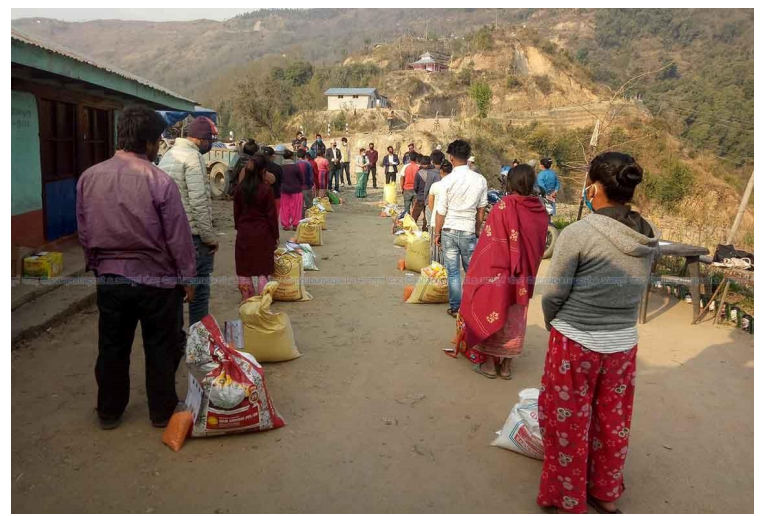
Exploring Social mobilization activities during the COVID-19 pandemic in Nepal
Since the outbreak of COVID-19, the challenges faced by Nepal’s health system have been exacerbated and further strain has been placed on an already fragile health system. We undertook a rapid review of the sustainable social mobilisation mechanisms which can be used to support people in Nepal during the COVID-19 pandemic. Social mobilisation’s focus on bringing together societies to raise awareness of and demand for health and ensure sustainable community involvement is particularly important in the context of a global pandemic when fear is heightened, and community resources are often a lifeline. Social mobilisation strategies represent opportunities to communicate, raise awareness and educate at the social level, engage with existing community mechanisms and foster an active partnership between government health agencies and communities. With the COVID-19 vaccine roll out underway globally, social mobilisation mechanisms can be invaluable in aiding uptake in countries like Nepal. Here, we explore which social mobilisation strategies might be most effective. We collected data on social mobilisation activities prior to COVID-19 and during the early stages of the pandemic from 1 May – 1 July 2020.
Nepal has a rich history of using many different types of social mobilisation, particularly in the area of community health support, fornexample female community health volunteers. We found that many social mobilisation activities have been implemented during the COVID-19 outbreak. Building on this history and existing social mobilisation mechanisms now presents a challenge in the wake of COVID-19, when more creative approaches are needed to mobilise the population so as to limit the infection rates associated with COVID-19. There is a need for the government and supporting organisations to further mobilise communities, through sustainable local political mechanisms.